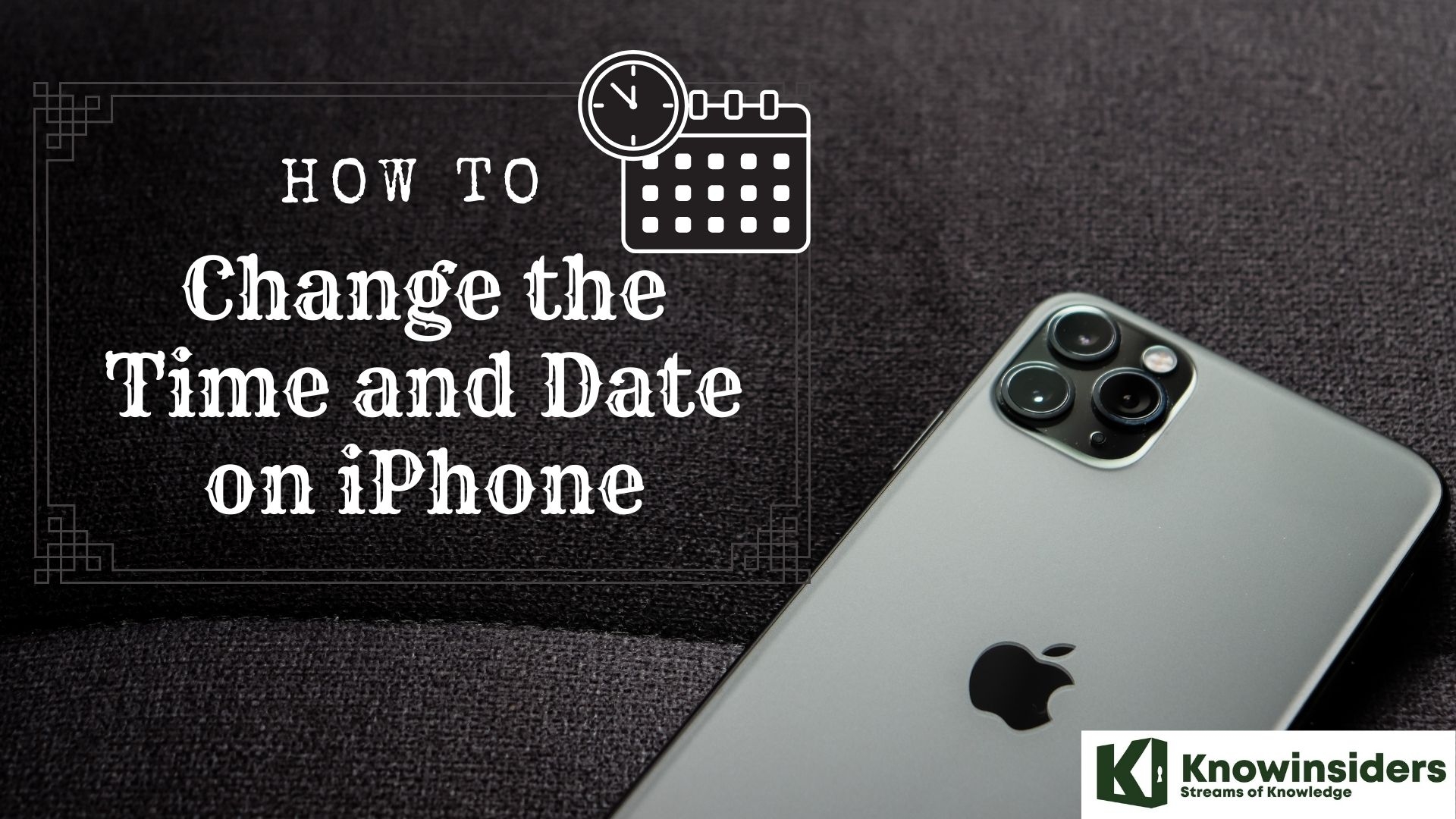How to Convert Milligrams to Teaspoons in Math and Real Life
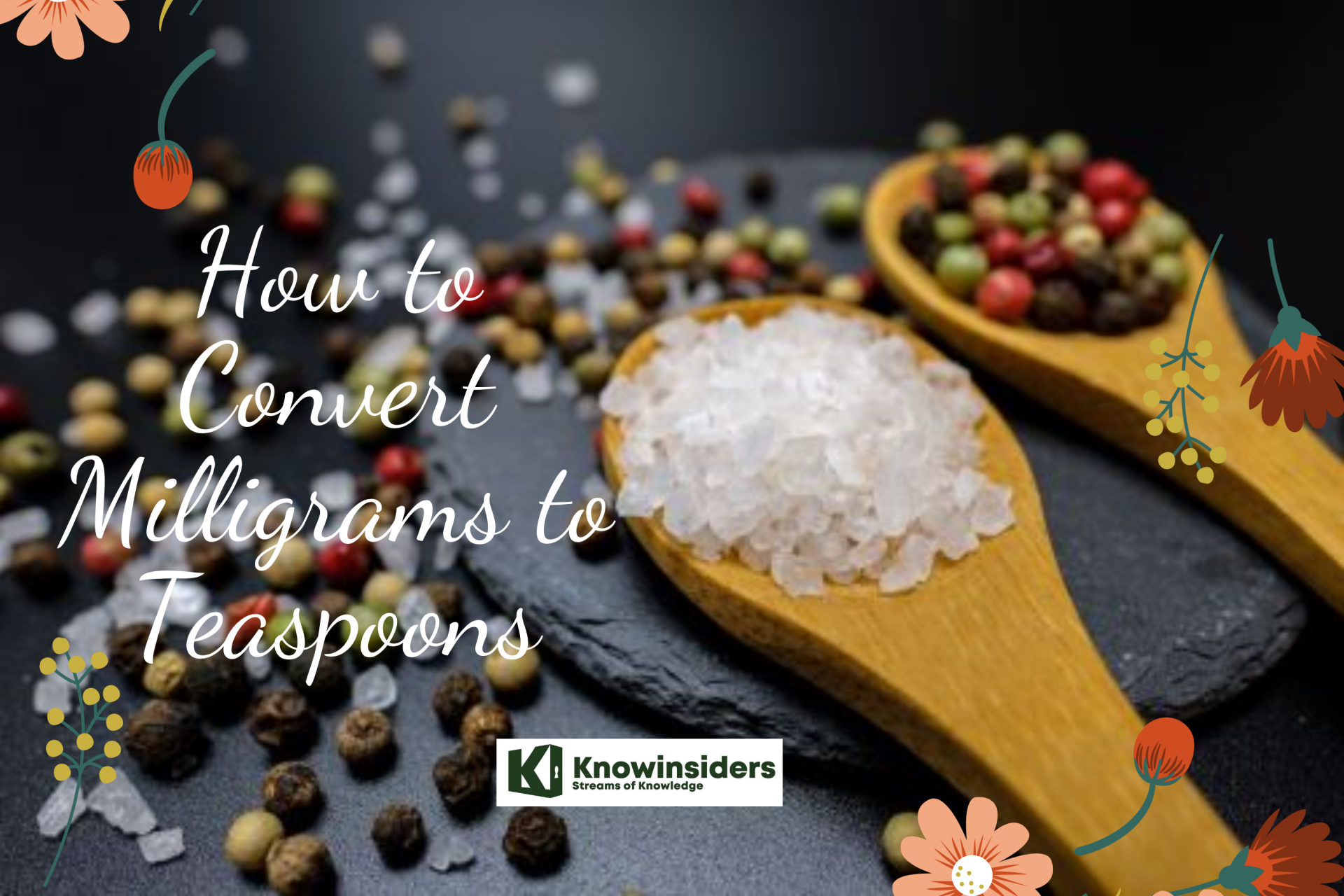 |
| Illustrated picture. Photo: Mixi |
A milligram is a measure of mass in the SI (metric) system, while a teaspoon is a measure of volume in the English system. Therefore, this conversion from milligrams to teaspoons requires two stages. First you will need to find the density of the material you are measuring.
You will use the density to convert from mass to volume, or milligrams to milliliters. You will then convert from the SI volume measurement milliliters to the English system measurement teaspoons.
What is a Milligram?
Definition:
A milligram is a unit of weight and mass that is based on the SI (International System of Units) base unit of mass, the kilogram. It is equal to 1/1,000 grams, or 1/1,000,000 kilograms.
History/origin:
The milligram is based on the SI unit of weight and mass, the kilogram. As an SI unit, it uses the "milli" SI prefix to denote that it is a submultiple of the base unit. Although the "milli" prefix denotes a submultiple with respect to the gram, the kilogram, not the gram, is technically the SI base unit of mass.
Current use:
As a submultiple of an SI base unit, the milligram is widely used in many applications, from everyday use to measure the weight or mass of foods, substances, etc., to widespread use in scientific labs, among other areas.
What is a Teaspoon?
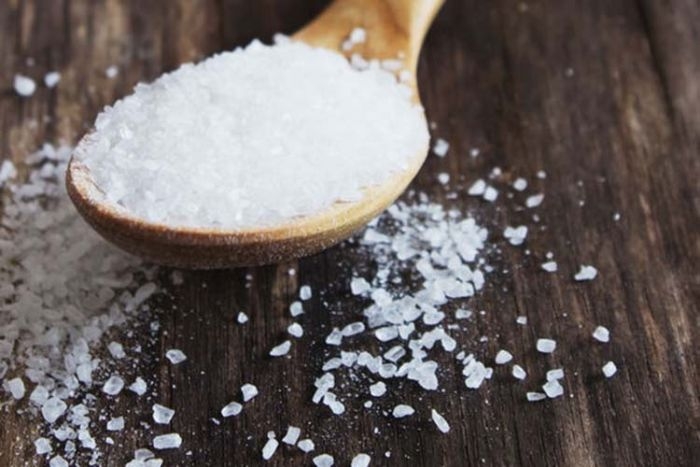 |
| Photo: Azure Aqua Spa |
A tablespoon is a large spoon. In many English-speaking regions, the term now refers to a large spoon used for serving; however, in some regions, it is the largest type of spoon used for eating.
By extension, the term is also used as a cooking measure of volume. In this capacity, it is most commonly abbreviated tbsp. or T., and occasionally referred to as a tablespoonful to distinguish it from the utensil. The unit of measurement varies by region: a United States tablespoon is approximately 14.8 ml (0.50 US fl oz), the United Kingdom and Canadian tablespoon is exactly 15 ml (0.51 US fl oz), and an Australian tablespoon is 20 ml (0.68 US fl oz). The capacity of the utensil (as opposed to the measurement) is defined by neither law nor custom, and it may or may not significantly approximate the measurement.
Weight vs. Volume Measurements
It's difficult to come up with accurate conversions from milligrams to teaspoons for a lot of ingredients, because they don't really measure things the same way. Milligrams are a unit of weight, and teaspoons are a unit of volume.
That means a good conversion requires two things. One is an ingredient with a known weight per volume, and the other is your own attention to careful measuring. Sometimes those two things are easy to arrange, but other times, they can be problematic, according to leaf.tv.
How to Convert Grams to Teaspoons in Math
Step 1: Learn the conversion factor. Because milliliters and teaspoons are both measurements of volume, the density of the different materials no longer makes a difference. Converting from milliliters to teaspoons is fairly easy because the conversion factor is just 5 to 1. That is, 5 ml = 1 tsp.
* If you know a measurement in milliliters, you can convert to teaspoons by just dividing by 5.
Step 2: Perform the conversion. Using the five samples from above, prepare for the conversion to teaspoons.
* Water: 20,000 mg = 20 ml/5 = 4 teaspoons
* Alcohol: 20,000 mg = 25 ml/5 = 5 teaspoons
* Gasoline: 20,000 mg = 27.137 ml/5 = 5.4274 teaspoons
* Milk: 20,000 mg = 19.048 ml/5 = 3.8096 teaspoons
* Mercury: 20,000 mg = 1.4717 ml/5 = 0.29434 teaspoons
Step 3: Review the results. Pure water is set as the standard for conversion density, with a density of 1.0 grams per milliliter. The densities of all other substances are set in relation to the density of water. Notice that mercury, with an extremely high density, converts to only about a quarter teaspoon for the same mass of water that equals one teaspoon, as reported by Wikihow.
How to Convert Grams to Teaspoons in Real Life
Just like with converting grams to tablespoons, the process for converting grams to teaspoons is the same except the weights are less. Grams are a measurement of weight, while tablespoons are a measurement of volume and density. This makes it difficult to compare liquid and solid ingredients. A tablespoon of oil weighs a different amount compared to a tablespoon of salt, so using a conversion chart helps you convert from metrics to the U.S. measurement system in no time.
A common conversion is 1 tablespoon is equivalent to 3 teaspoons, so if you know the gram-to-tablespoon conversion for a particular ingredient, divide that by 3 and you end up with the gram-to-teaspoon measurement.
Water and Other Liquid*s* The best way to convert water from grams to teaspoons is to make use of a bit of simple mathematics. A teaspoon is a measure of volume, while a gram is a measure of weight. To accurately know how much a teaspoon of water weighs, we first need to know its density.
One teaspoon of water is equal to 5 milliliters (mL) of water. The density of water is 1 gram per milliliter (g/mL). We can use this information to determine how many grams are in one teaspoon of water by multiplying the volume (mL) of the water with its density: 5 mL x 1 g/mL gives us 5 grams. So, there are 5 grams in a teaspoon of water. Here are a few more common conversions:
* 5 grams = 1 teaspoon of water
* 7.5 grams = 1 1/2 teaspoons water
* 10 grams = 2 teaspoons of water
* 15 grams = 3 teaspoons of water
* 50 grams = 10 teaspoons of water
* 100 grams = 20 teaspoons of water
* 200 grams = 40 teaspoons of water
Milligrams to Teaspoons for Salt
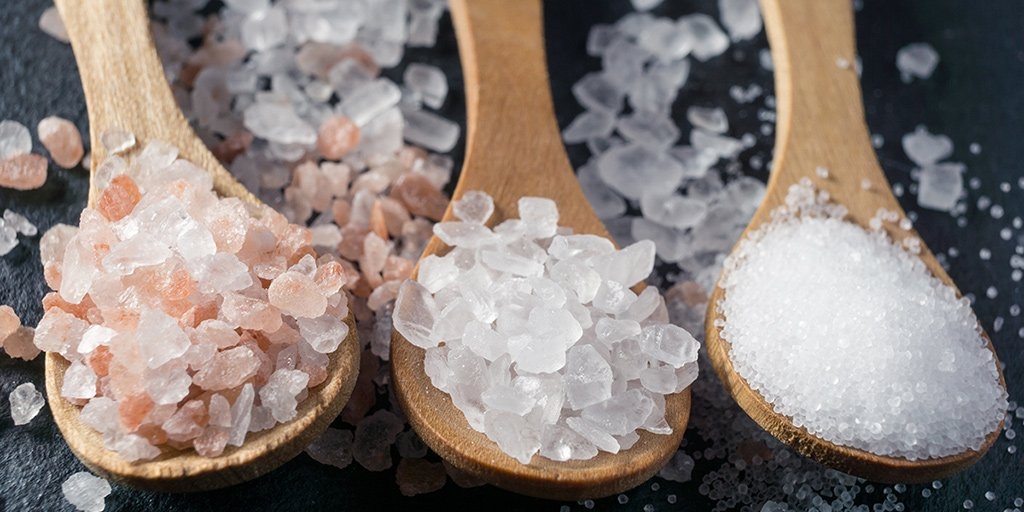 |
| Photo: Prospector Knowledge Center - UL Prospector |
Consider the case of salt, which is one of the small handful of ingredients in which this conversion is especially useful. The Dietary Guidelines for Americans suggest keeping daily intake to 2,300 mg of sodium or less for optimum health. As it happens, that's exactly the amount of sodium in 1 teaspoon of ordinary table salt.
The "ordinary table salt" part is important, and it explains why this is a difficult conversion. Table salt has a small and consistent crystal size, which makes it easy to know how much is in a teaspoon. Coarse kosher salt, pickling salt and flakes of sea salt all take up different amounts of space, so how many milligrams you can fit in a teaspoon will vary with the type of salt.
Even worse, the larger and more irregular the crystals, the more that the amount you fit into each spoonful will vary. That's partly what makes the conversion so difficult.
* 4 grams = 3/4 teaspoon of salt
* 5 grams = 1 teaspoon of salt
* 10 grams = 2 teaspoons of salt
* 15 grams = 3 teaspoons of salt
* 17.5 grams = 3.5 teaspoons of salt
* 20 grams = 4 teaspoons of salt
* 25 grams = 5 teaspoons of salt
Milligrams to Teaspoons for Sugar
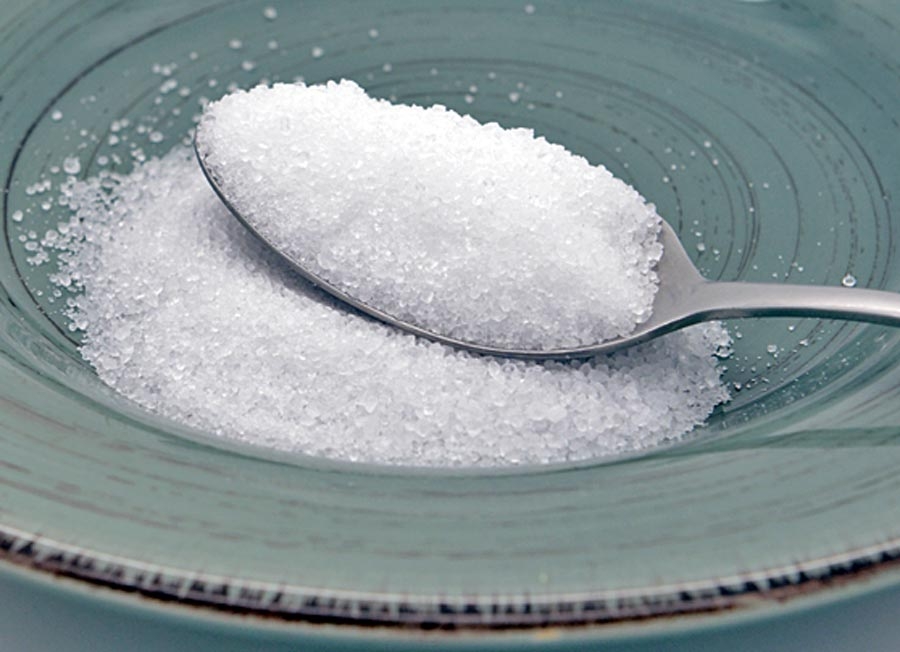 |
| Photo: Traditional Oven |
When it comes to converting sugar from grams to teaspoons, it’s important to note that based on nutritional labels of various products, the official measurement is: 4 grams of sugar in 1 teaspoon. Here’s a handy chart of frequently used sugar measurements to help you get started:
* 4 grams = 1 teaspoon of sugar
* 6 grams = 1 1/2 teaspoons of sugar
* 8 grams = 2 teaspoons of sugar
* 12 grams = 3 teaspoons of sugar
* 16 grams = 4 teaspoons of sugar
* 50 grams = 12 1/2 teaspoons of sugar
* 100 grams = 25 teaspoons of sugar
Milligrams to Teaspoons for Flour
 |
| Photo: FreeFoodTips |
A tablespoon of flour weighs approximately 8 to 9 grams. Since the measurement of 1 tablespoon is equivalent to 3 teaspoons, 1 teaspoon of flour weighs approximately 3 grams. Using this formula, we can estimate these common grams-to-teaspoons measurements:
* 3 grams = 1 teaspoon of flour
* 4.5 grams = 1 1/2 teaspoons of flour
* 6 grams = 2 teaspoons of flour
* 9 grams = 3 teaspoons of flour
* 50 grams = 16 2/3 teaspoons of flour
* 100 grams = 33 1/3 teaspoons of flour
The Best Conversion Is No ConversionThe only ingredient that has a 100 percent accurate conversion between weight and volume is water. By definition, 1 milliliter of water has a weight of 1 milligram; 1 liter weighs a kilogram, and so on. For other ingredients, the best and simplest way to work is not to convert at all, but to make a habit of using weight measures whenever they're available. This is how professional bakers work, because the larger your batch, the greater the risk that inaccurate volume measurements will sabotage your efforts. Digital kitchen scales are surprisingly inexpensive, and weighing your ingredients instead of scooping them removes one of the most common ways your baking can go wrong. |
In this video, you will learn more about the milligrams to teaspoons conversion:
For more interesting news of KnowInsiders, check out right below!
 How to Convert FLAC Files to MP3: Step-by-Step Guide How to Convert FLAC Files to MP3: Step-by-Step Guide How to change FLAC Files to MP3? It's easier than you think to convert FLAC Files to MP3. |
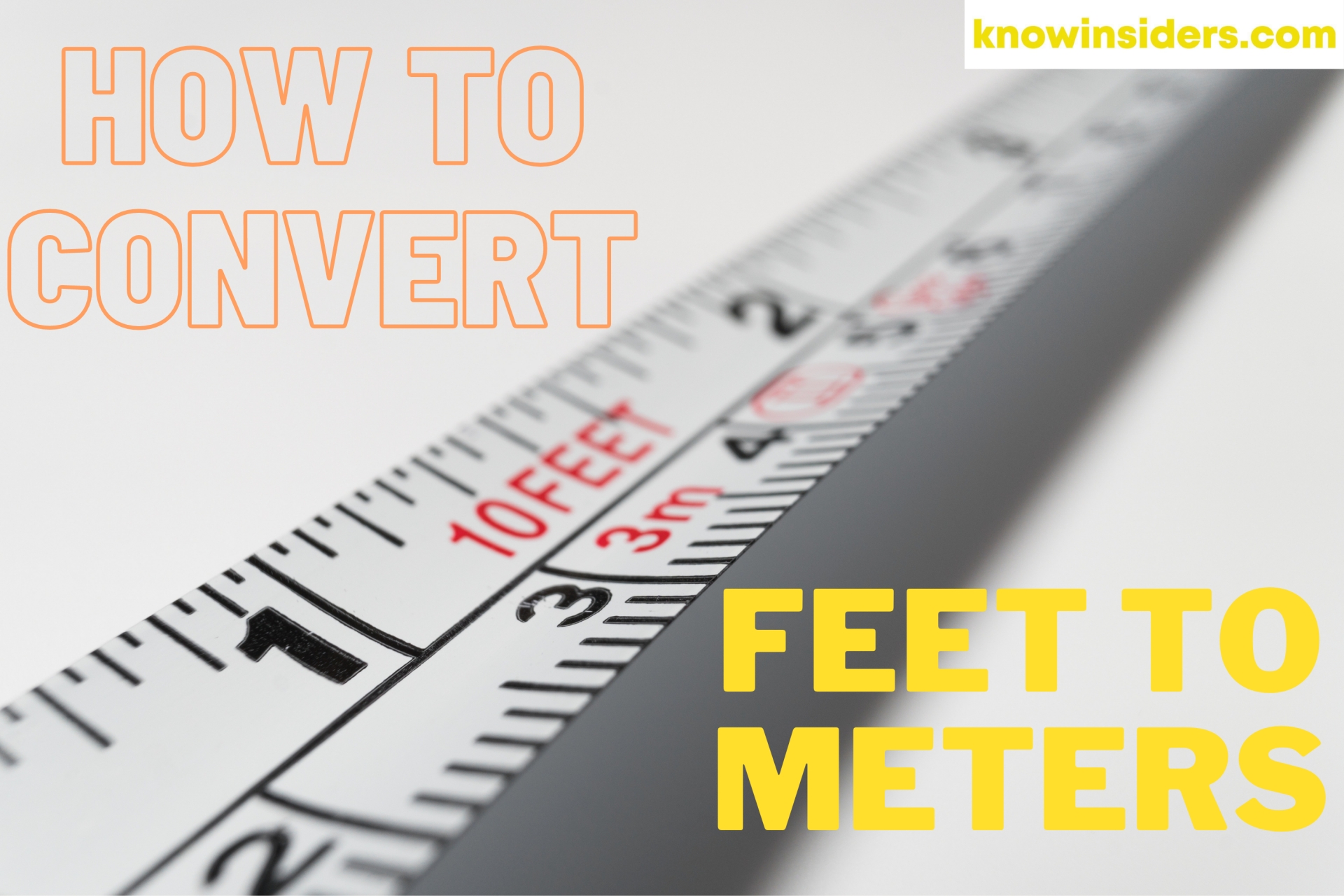 How to Convert Feet to Meters: Check Simple Ways How to Convert Feet to Meters: Check Simple Ways How to Convert Feet to Meters? Easy ways to change feet to meters with step-by-step-guides. |
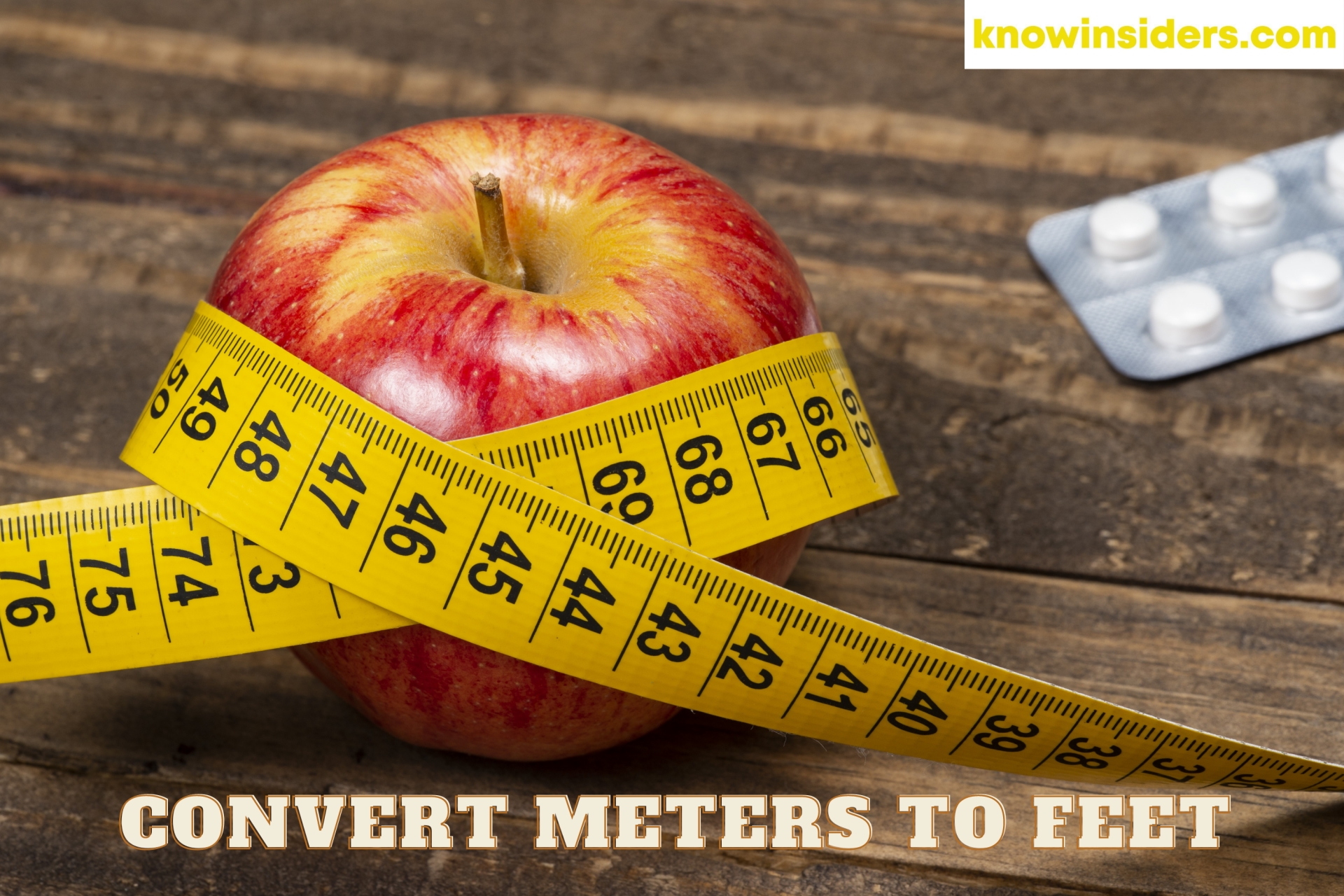 How to Convert Meters to Feet: Simple Ways to Change How to Convert Meters to Feet: Simple Ways to Change How to convert meters to feet with easy steps. Here we go: We have a few simple tips for you to change. |



